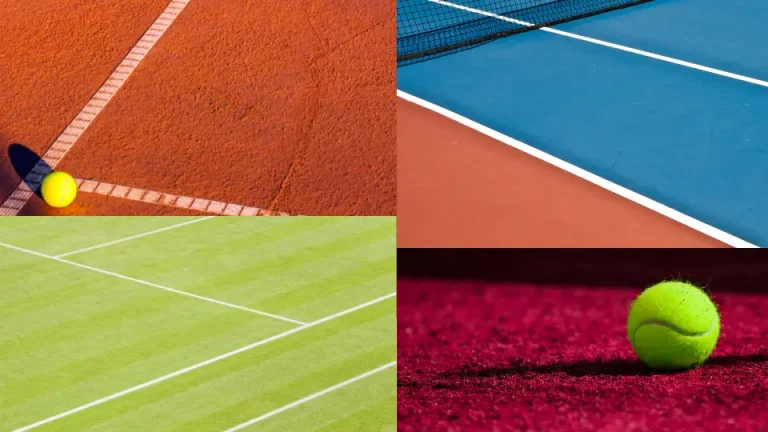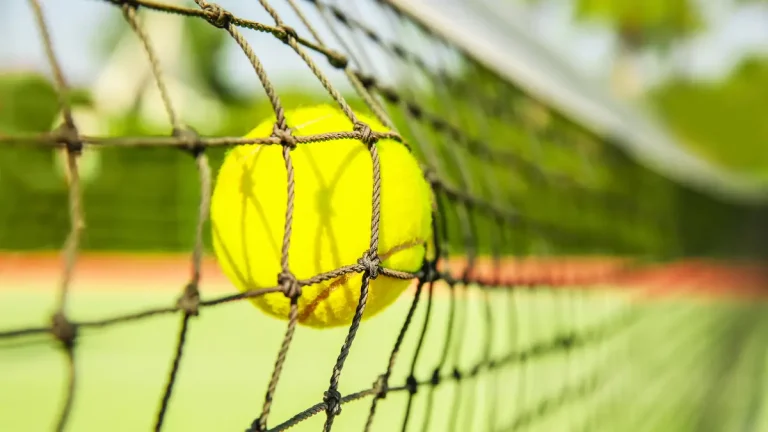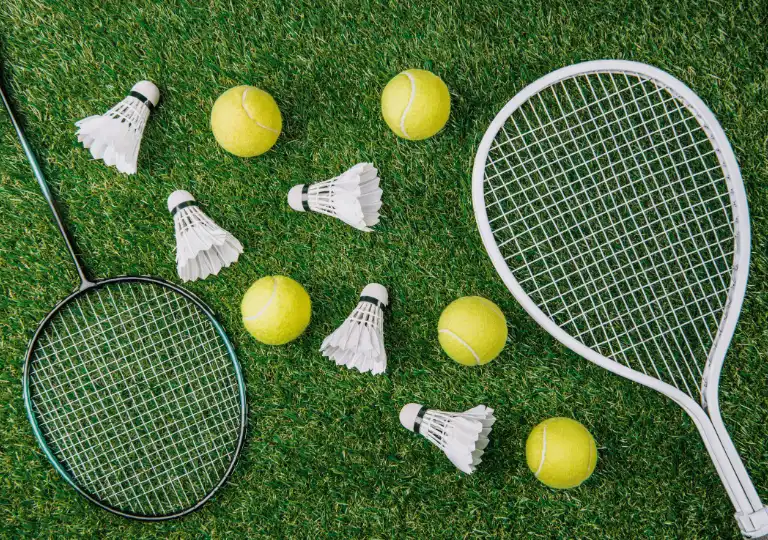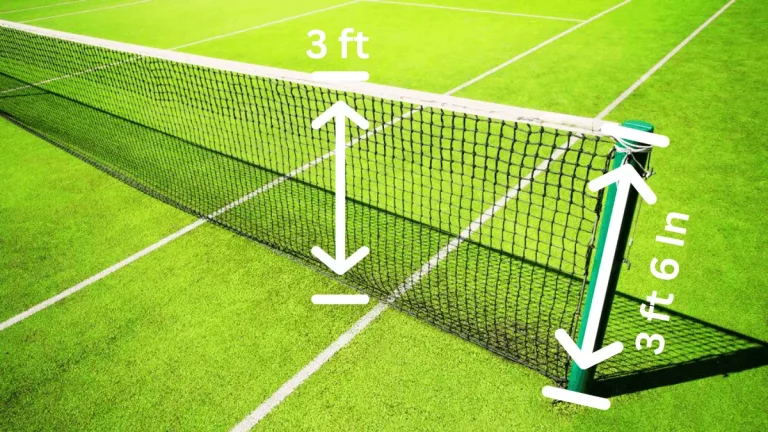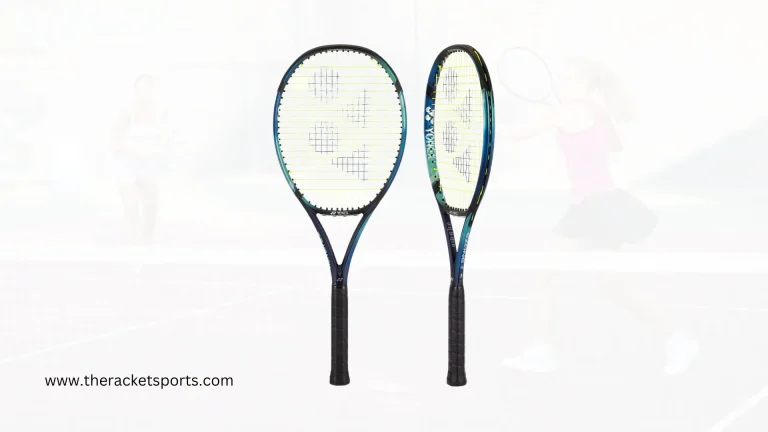Racket Stiffness – A Complete Guide To Right Tennis Racket Stiffness Selection
Tennis racquet stiffness is the measurement of a racket to blend with the tennis ball. In simple words, it actually tells how much a racket is flexible while playing the shot.
For a pro-level tennis game, expert players have decided on a numeric value to measure the tennis racket stiffness. A flexible racket loses energy while transmitting lesser power to the ball and vice versa.
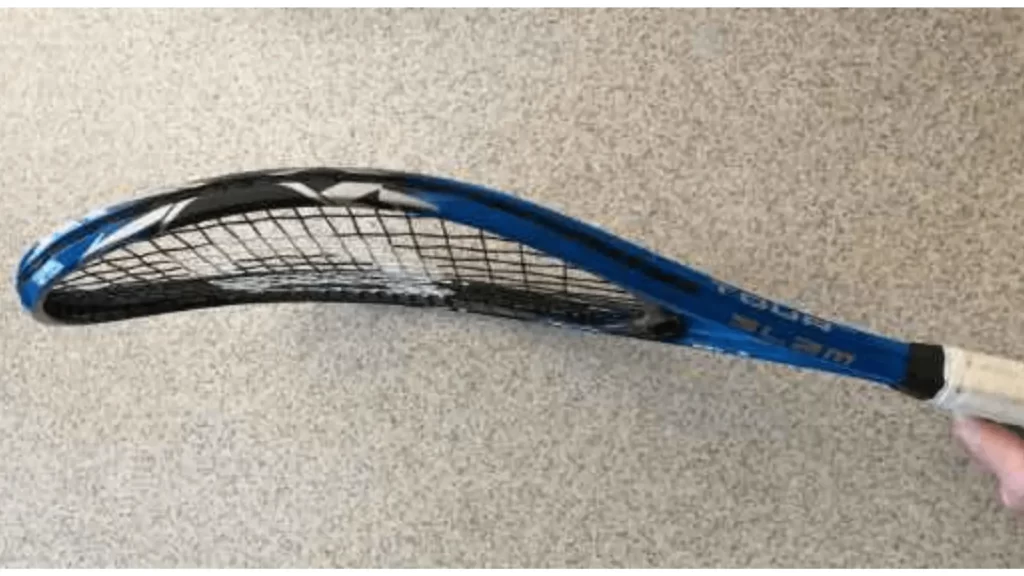
A stiffer racket is a must for a beginner, as it allows you to hit the tennis ball easily because of the added power. In addition, tennis racket stiffness is one of the utmost factors to consider to play tennis smoothly.
When choosing a tennis racket, stiffness or flex is a parameter to consider, and it is not just another number of specifications to look at. As you must know how tennis recquest stiffness can impact your tennis game and the performance especially if you are suffering from tennis elbow, want to know more? Keep reading.
What Is Tennis Racket Stiffness and Performance?
The ability of a tennis racket to not bend is called tennis racket stiffness. The higher the racket stiffness is, the higher the power it executes. Let us explain how.
When a player connects a stiff racket with a ball, it doesn’t bend, absorbing less energy because the frame doesn’t distort and allows you to have full control. So, you can take powerful shots with a stiff tennis racket without swinging the racket powerfully.
Now the question arises: how can one measure the stiffness level, and what are the criteria of tennis racket stiffness? Let’s have a deeper look at it.
How Is Racquet Stiffness Measured?
Obviously, one can’t measure the tennis racket stiffness without an instrument, or you can’t measure the stiffness by bending the racket; it might break it. For that, multiple manufacturers have built instruments to measure the stiffness of a racket.
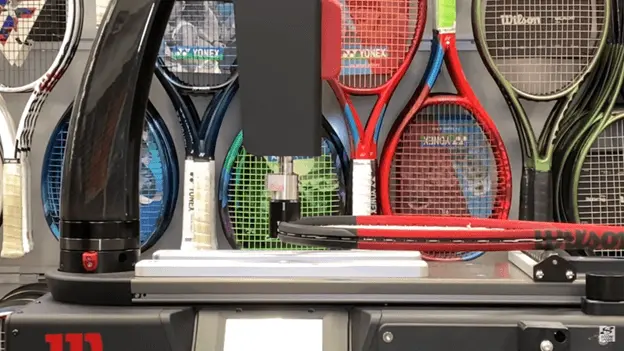
Before that, you must know that the stiffness measurement is also known as Racket Analysis (RA). The RA ratings range from 40 to 85. On average, a player tends to seek a stiffness of 75.
However, the most common and easy-to-use tennis racket stiffness measurement equipment is Babolat RDC machinery. We recommend it for beginners as it is the most widely used and easy to use.
The stiffness is fairly dependant on tennis string tension and the type of strings you are using while playing tennis. Choosing the right string is essential while looking at the stiffness.
IMPORTANT NOTE: Measuring equipment costs thousands of dollars, and if you can’t afford it, it would be best to rely on the manufacturer’s instructions.
Now you must be thinking, why not choose a flexible tennis racket? Let’s have a small debate on that.
Stiff Or Flexible Racket- Which One Is Better? Choosing The Right Tennis Racquet
A stiffer racket cannot bend, resulting in not swinging the racket forcefully. Higher control makes Such rackets more comfortable for handling and executing powerful shots.
On the other hand, flexible tennis rackets bend, which allows the player to swing the racket forcefully in order to have a powerful shot. Such frames absorb a lot of power when getting in contact with a ball, resulting in losing powerful shots.
So, we would highly recommend stiff tennis rackets as they allow a player to have a strong grip, comfort, and a powerful shot.
Different Methods To Measure Racket Stiffness- Which One Is Best?
Apart from the standard machine (Babolat RDC machinery), many other equipment are also available in the market. A famous tennis racket manufacturer, Wilson, has built a machine to measure the tennis racket stiffness, measured as stiffness index (SI).
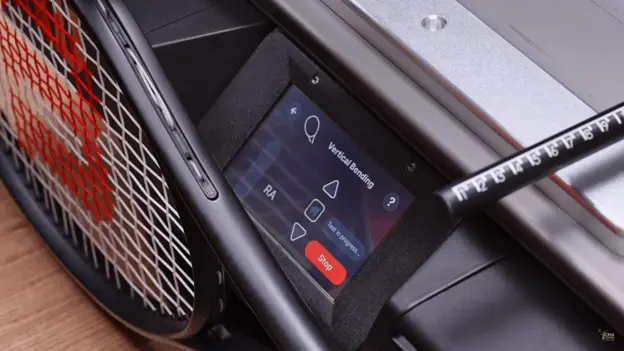
However, all equipment measurements vary, so sticking to the standard machine would be best.
Are stiffer rackets causing the Tennis Elbows?
Many players asked us about the ongoing myth about tennis elbows caused by using stiffer rackets. For those who don’t know, tennis elbow is a severe pain in the elbow joint due to excessive motion.
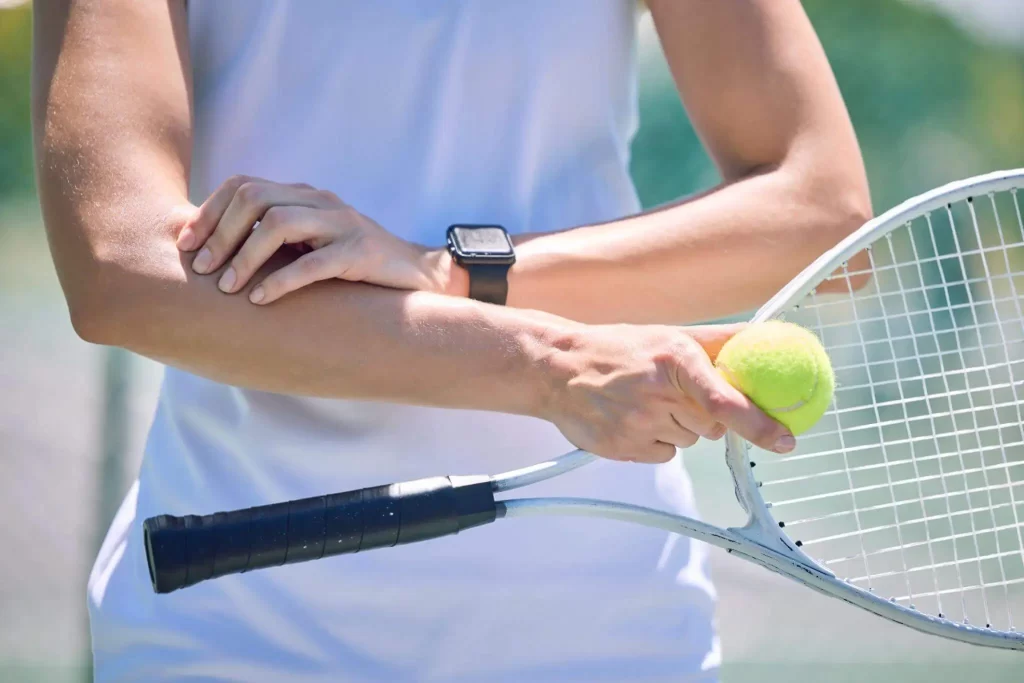
One can’t blame the stiffer racket as this condition is developed over time and with harsh motion. However, a stiffer racket doesn’t cause tennis elbows as it requires less swing and force, but some wrong considerations in a racket can surely cause are
- Small handle or small grip of a racket.
- Lightweight rackets don’t absorb shocks, which might result in tennis elbows.
- Poor material of a racket.
Furthermore, stiffer rackets are considered shock absorbents, which is considered good for tennis elbows.
We hope you have got your confusion cleared. Now, you must be wondering how to look for a stiffer racket and which points one should consider when making a purchase. We have got you covered.
How to choose a stiffer Racket? Know the Stiffness Rating
Choosing the best racket according to your needs and preferences is a game-changer. One must know whether one wants a lightweight racket or a heavy one. However, if you are new, let us help you.
1. Stiffness Ratings
The most important aspect to consider when looking for a stiffer racket is its stiffness rating. It will help you choose your desired racket. For your ease, here is the stiffness rating chart to consider.
| Rating | Stiffness level |
|---|---|
| 45-55 | Flexible |
| 60-70 | Medium (recommended) |
| Above 70 | Stiff |
2. Head size and shape
There are three types of head sizes in tennis rackets depending upon the strings’ surface area, which makes the racket face.
- Midsize that ranges from 500 to 630 cm2.
- Mid-plus ranging from 630 to 680 cm2.
- Oversized that ranges from 685 to 880 cm2.
3. Racket length
Another important factor to consider is the length of the tennis racket. On average, the size of the tennis racket is 27 inches, which is most commonly used among professional players. Length below 27 inches is not considered a good option as it may lead to health issues.
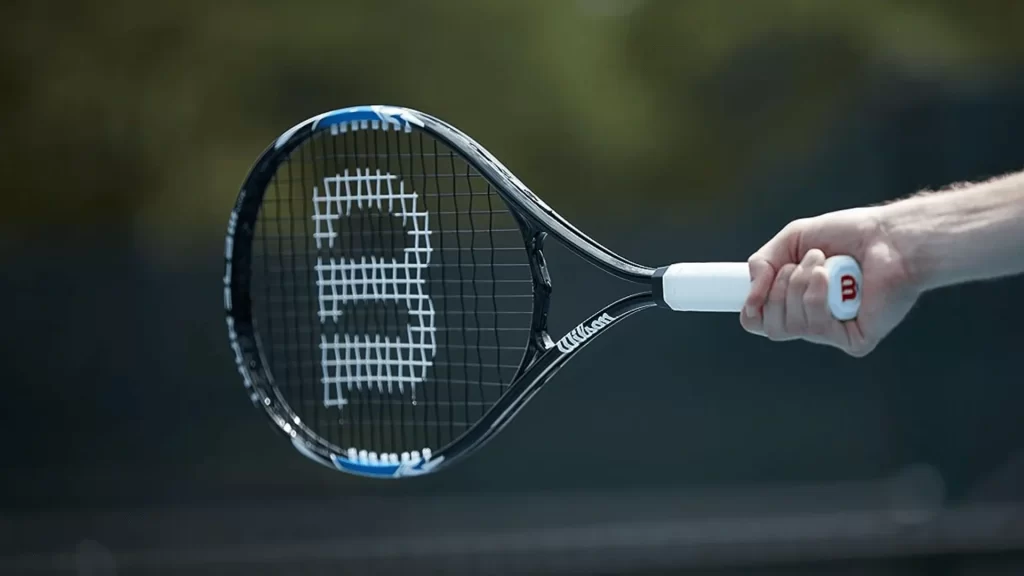
Final Verdict
Choosing a stiffer racket over a flexible one is a wise decision for playing at an international level. However, for starters, looking for tennis racket stiffness is highly recommended.
A stiffer racket is heavier, has medium length, and is evenly balanced, which ultimately results in a strong and firm grip to have smooth gameplay. No doubt, choosing the right tennis racket stiffness depends solely upon your needs and preferences, but a stiffness level of 60-70 has a greater impact on your game.
Stiffness is the most important factor to consider when looking for tennis rackets, and we hope we have made ourselves clear and helped you in this journey. Still, if you have any ambiguities, feel free to ask. We would love to help you out in this matter.
FAQs
Which is the best stiff tennis racket?
Considering factors like weight, length, and stiffness rating, we consider the Babolat pure strike tennis racket as the best stiff tennis racket.
Does a stiff racket lose its stiffness over time?
Yes! After some time, a stiff racket tends to lose its resilience, which consequently makes it softer and loss of control.
What are the impacts of tennis racket stiffness on performance?
Stiffer rackets execute more powerful shots, which results in less control as compared to flexible ones. However, stiff rackets are comfortable. These conditions depend upon your skill level, physical conditions, and personal preferences.



